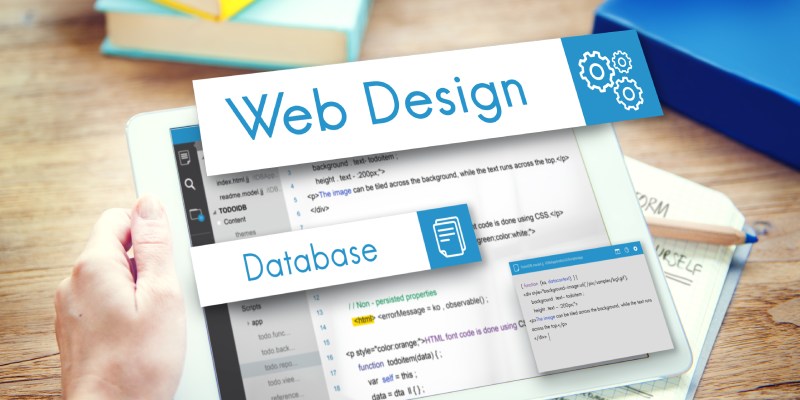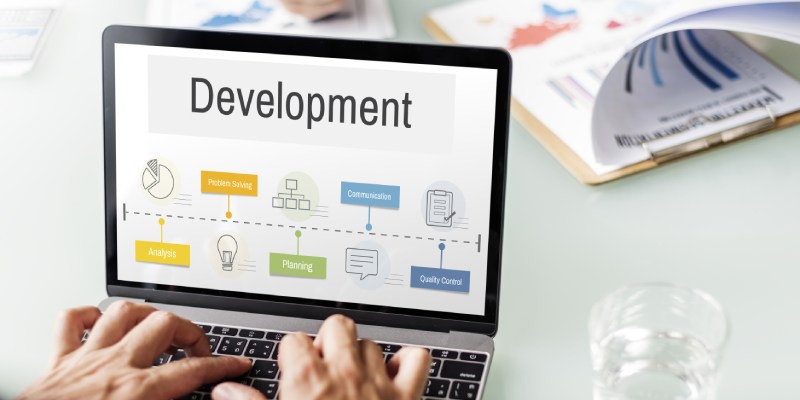In today’s digital age, having a well-designed and functional website is crucial for businesses and individuals alike. Whether you’re planning to create a personal blog or launch an e-commerce store, understanding the different phases of website development is essential to ensure a smooth and successful process. This article will guide you through the phases involved in creating a website, from planning and research to post-launch maintenance.
Table of Content
ToggleImportant Phases of Website Development
Here you can check 5 Important Phases of Website Development. Understanding the phase of website development is crucial for ensuring a smooth and successful process from start to finish. By following these phases diligently, you can create a website that meets your goals and delivers an exceptional user experience. Let’s dive into each phase and explore their significance in detail.
Phase 1: Planning

Before embarking on any website development project, careful planning is essential phase. This phase sets the foundation for the entire process.
Setting goals
The first step is to establish clear goals for the website. What is the purpose of the site? Is it to showcase products or services, generate leads, or provide information? Defining these goals helps align the development process with the desired outcomes.
Defining target audience
Understanding the target audience is crucial for creating a website that caters to their needs. Conducting market research and analyzing customer demographics and behaviour helps in tailoring the website’s content and design accordingly.
Conducting competitor analysis
Creating a sitemap
Phase 2: Design

The design phase focuses on the visual and aesthetic aspects of the website development.
Wireframing
Wireframing involves creating a basic visual representation of the website’s layout and structure. It helps determine the placement of key elements and ensures a user-friendly interface. Wireframes serve as blueprints for the design and development teams.
Choosing a colour scheme
Selecting typography
Typography plays a significant role in website design. Choosing the right fonts and font sizes enhances readability and reinforces the brand’s personality. Consistency in typography across the website creates a cohesive and professional appearance.
Creating a visual identity
Phase 3: Development

The development phase of website involves transforming the design into a functional site.
Front-end development
Back-end development
Back-end development deals with the server side of the website. It includes developing the server infrastructure, managing databases, and integrating complex functionalities. This phase brings life to the website’s interactive features.
Content creation
Compelling and engaging content is the backbone of any successful website. Creating high-quality and relevant content that aligns with the web site’s goals is crucial for attracting and retaining visitors.
Integrating functionality
Phase 4: Testing

Testing is a critical phase to ensure the website functions flawlessly across different platforms and devices.
Functionality testing
Cross-browser compatibility testing
The website should be tested on various web browsers to ensure consistent performance and display across different platforms. Compatibility issues are addressed to ensure optimal user experience regardless of the browser used.
User acceptance testing
In this phase, the website is tested by the target audience or a selected group of users to gather feedback. Their insights help identify any usability issues and make necessary improvements before the website is launched.
Mobile responsiveness testing
Phase 5: Launch

The final phase is the launch of the website, making it accessible to the public.
Domain Registration
Selecting and registering a domain name is an important step in establishing a unique online presence. It should be relevant to the brand and easy to remember.
Web hosting
Choosing a reliable web hosting provider is essential for ensuring the website’s availability and performance. Factors like server speed, uptime guarantees, and security measures should be considered when selecting a hosting service.
Deploying the website
Once you complete the development and testing phases, you deploy the website to the live server. This involves uploading all the necessary files and configuring the server settings.
Search engine optimization
Conclusion
Website development is a multi-step process that requires careful planning, creative design, compelling content, and technical implementation. By understanding the different phases involved, you can navigate the development process with confidence and create a website that meets your objectives and resonates with your audience. Remember to focus on user experience, optimize your content for search engines, and regularly maintain and update your website to stay ahead in the digital landscape.
FAQs
How long does website development typically take?
Website development timelines can vary depending on the complexity of the project. On average, it can take anywhere from a few weeks to several months.
Is it necessary to hire a professional web development team?
While it is possible to build a website on your own, hiring a professional web development team ensures a high-quality, customized, and optimized website.
What is the importance of responsive design?
Responsive design ensures that the website adapts and functions seamlessly on different devices, providing an optimal user experience.
How often should I update my website?
Regular updates are important to keep the website fresh and relevant. We recommend periodically updating content, security measures, and design elements.
Can I make changes to my website after I launch it?
Yes, you can update and modify websites even after they are launched. Content management systems (CMS) enable easy editing and maintenance, giving you the flexibility to make changes to your website as needed.